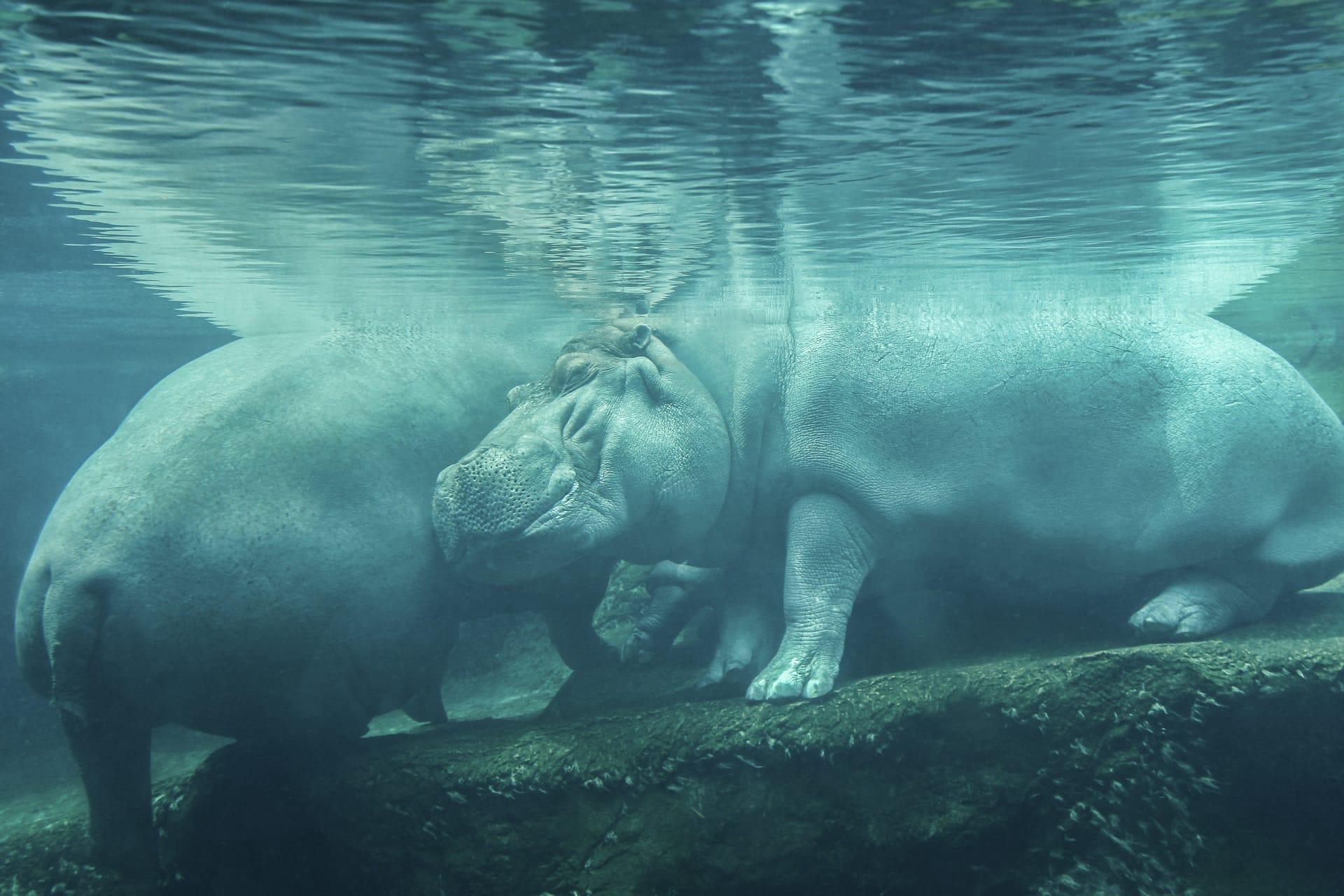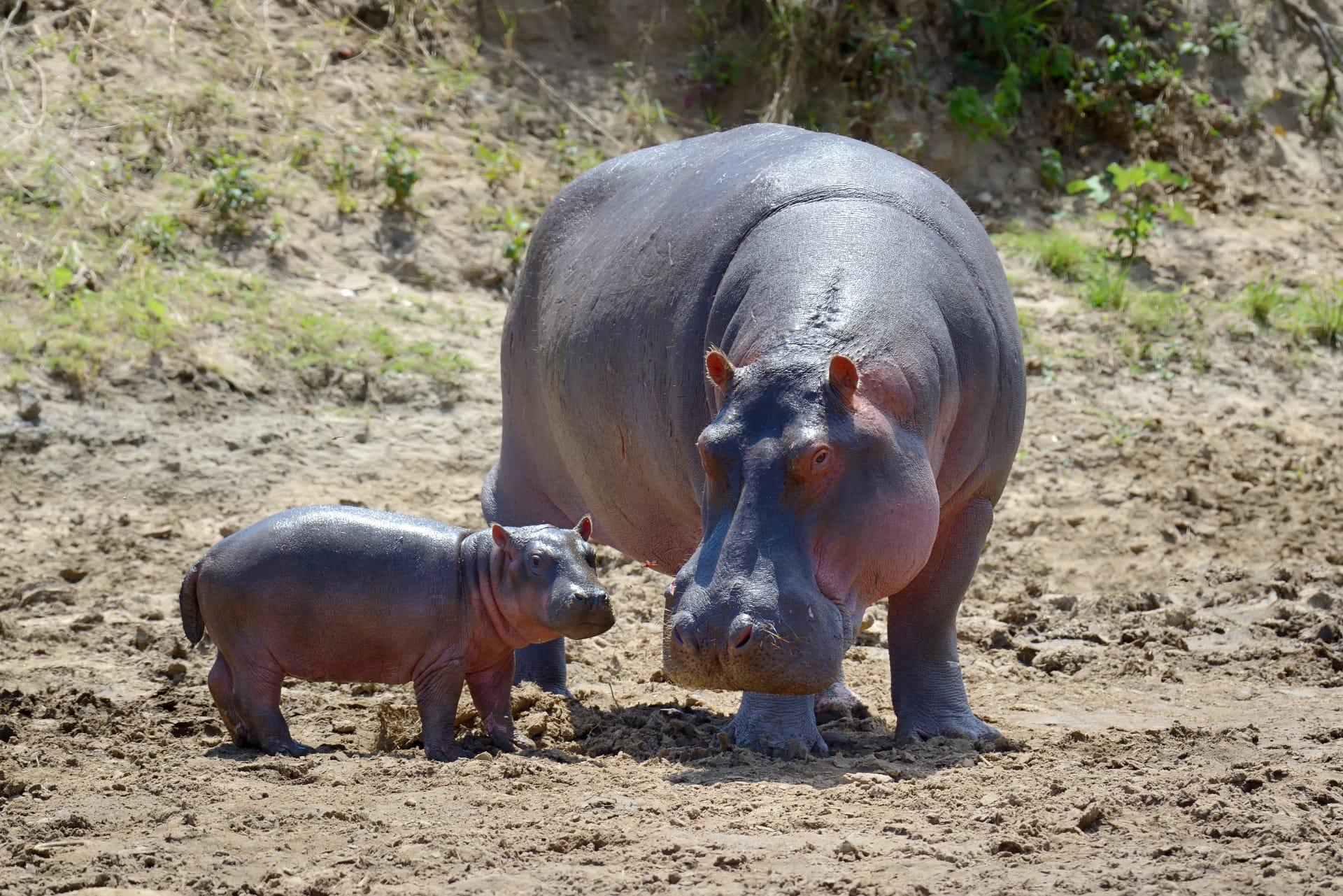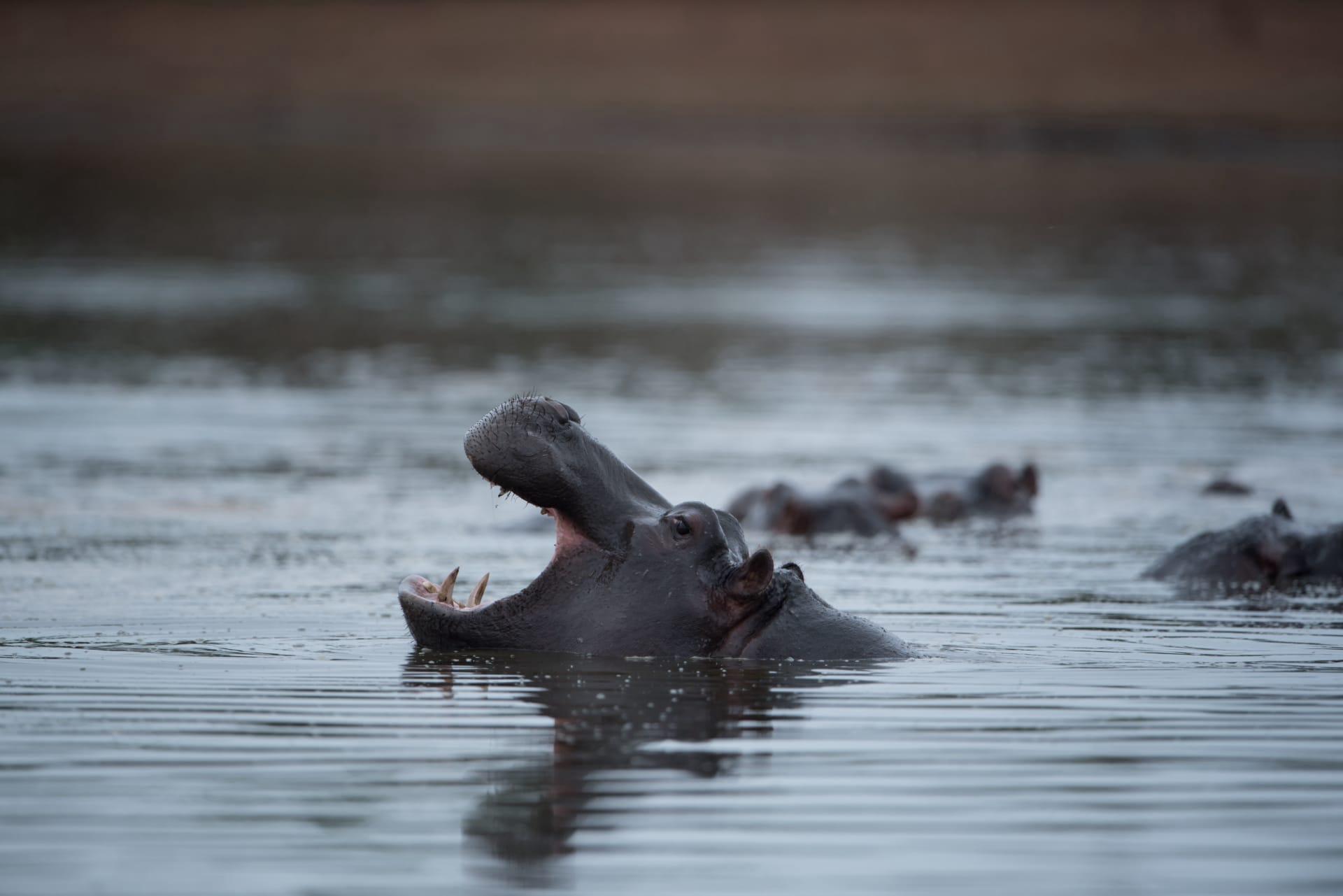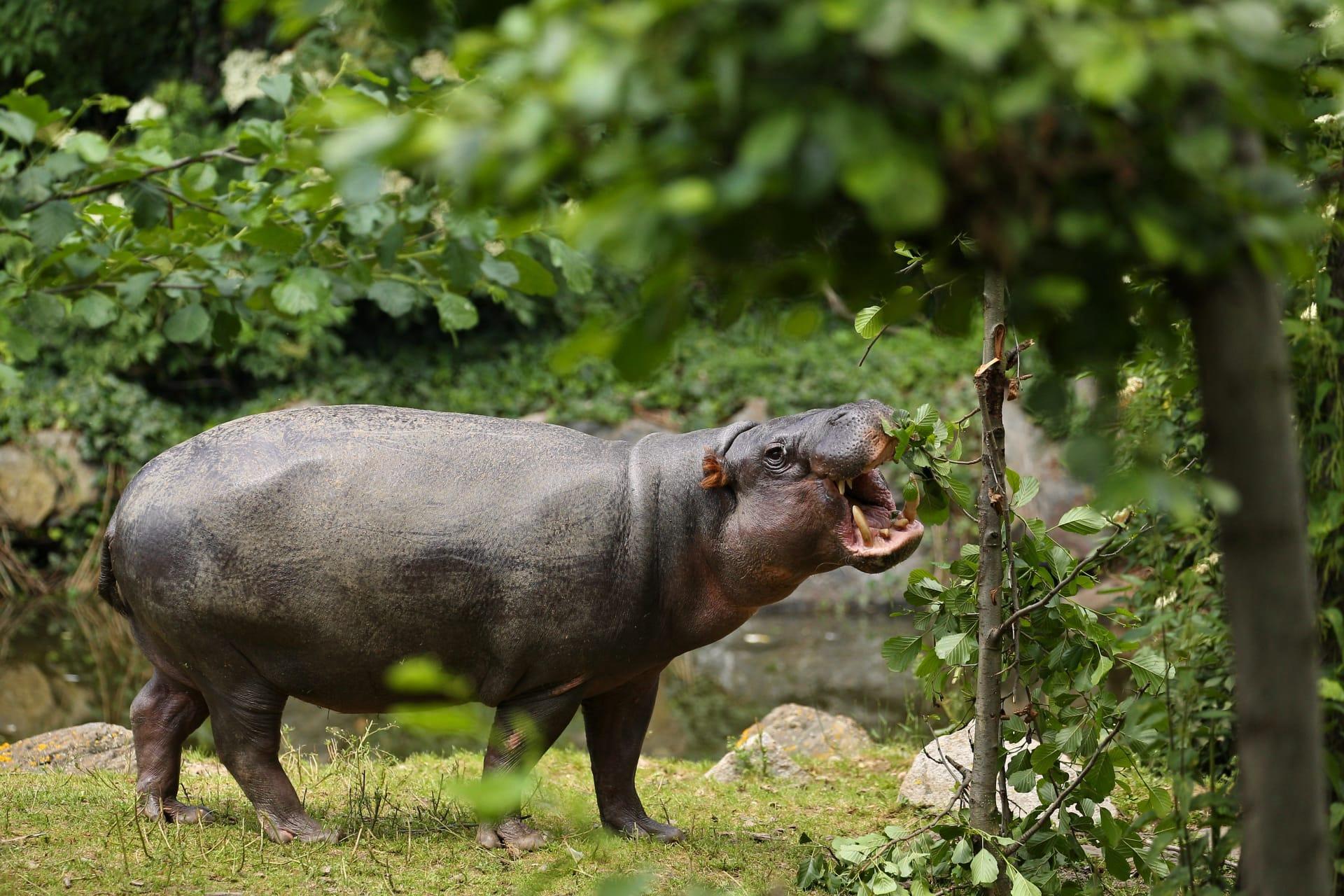Hippopotamus Characteristics
- Home /
- Mini Encyclopedia /
- Animal /
- Hippopotamus Characteristics
1
Hippopotamuses, affectionately known as hippos, are remarkable creatures with distinctive physical characteristics. These large mammals can grow up to 14 feet in length and weigh as much as 4,000 kilograms. That's about the weight of four small cars! They have barrel-shaped bodies, enormous mouths, and almost hairless skin. Living up to 40 to 50 years in the wild, hippos spend most of their lifetime submerged in rivers and lakes to keep their massive bodies cool under the hot African sun.
One of the most unique organs of a hippo is its teeth, specifically the large canines and incisors. These teeth can grow up to 50 centimeters long and are continuously growing. Unlike most mammals, a hippo's teeth are not used for eating but rather for combat and defense. Their powerful jaws, capable of opening up to 150 degrees, allow them to use these teeth effectively against predators and in territorial disputes with other hippos.

2
Question: How do hippos stay submerged underwater for extended periods?
Answer: Hippos have an extraordinary ability to hold their breath underwater. They can stay submerged for up to 5 minutes at a time. This ability is thanks to their specially adapted nostrils, which can close to keep water out. Hippos spend most of their day submerged to keep their massive bodies cool under the African sun and to protect their sensitive skin from sunburn. Despite their size, they are adept swimmers and can even sleep underwater, surfacing automatically to breathe without waking up.

3
When it comes to movement, hippos are surprisingly agile, especially considering their size. On land, they can run at speeds of up to 30 kilometers per hour over short distances. In water, they usually move by walking or galloping along the bottom rather than swimming. Their dense bodies make them less buoyant and well-suited for this kind of movement.
Contrary to popular belief, hippos are herbivores and their diet mainly consists of grass. They feed at dusk and can consume up to 35 kilograms of grass each night. They have large, powerful jaws capable of wide opening, and their lips are specially adapted to grasp and pull grass. However, their stomachs are not adapted for digesting meat, aligning with their herbivorous nature.

4
Hippos predominantly inhabit rivers, lakes, and mangrove swamps in sub-Saharan Africa. They require a habitat with a nearby water body as they spend most of their time submerged to keep their bodies cool and prevent dehydration. These water bodies must be deep enough for submergence but also have access to abundant grasslands for feeding.
Reproduction in hippos occurs primarily in water. Female hippos, called cows, have a gestation period of about eight months and usually give birth to a single calf. Newborns can weigh between 25 to 50 kilograms and are able to nurse underwater. Calves stay close to their mothers for protection, as they are vulnerable to predators like crocodiles, lions, and hyenas.

5
Book: "The Secret Life of Hippos" by Karen Paolillo is an insightful book based on the author's experiences in Zimbabwe. Published in the early 2000s, it narrates the daily life, challenges, and behaviors of hippos in the Turgwe Hippo Trust, a conservation area in Zimbabwe. Paolillo's personal anecdotes and observations bring the world of hippos to life, offering a unique perspective on these intriguing animals.
Book: "Hippo: The Human Foe and the Natural World" by Richard Despard Estes, an American biologist, offers a comprehensive look into the biology and ecology of hippos. Published in the 1990s, this book dives deep into the social structure, behavior, and impact of hippos in their natural habitats across Africa. Estes' scientific approach provides readers with a detailed understanding of the hippopotamus, making it a valuable resource for anyone interested in these fascinating creatures.